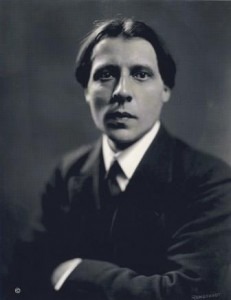
Alfred Cortot
Cortot’s activities not only as a pianist and conductor but also as a music editor meant that his editions of works by Chopin, Schumann, and Debussy were not only musically solid but also technically correct, his works being noted for their detailed commentaries on technical matters and the question of interpretation.
He formed a piano trio with Jacques Thibaud on violin and Pablo Casals on cello in 1905 and this became the leading piano trio of the early 20th century. Their recordings of Classical composers such as Haydn and Romantic composers such as Brahms set a new standard.
Haydn: Keyboard Trio No. 25 in G Major, Hob.XV:25, “Gypsy Rondo: III. Rondo all’Ongarese: Presto (Alfred Cortot, piano; Jacques Thibaud, violin; Pablo Casals, cello)
He made the first recording of Liszt’s Piano Sonata in B minor, which became legendary and prompted other pianists, such as Vladimir Horowitz, to approach him for his ‘secret.’ He refused to divulge his methods.
Liszt: Piano Sonata in B Minor, S178/R21 (Alfred Cortot, piano)
In 1919, Cortot established his own music school, the École Normale de Musique de Paris. His courses in music interpretation set the new standard for musicians and appreciably changed the 20th century’s approach to music. He was credited with a ‘poetic’ insight into the Romantic period, such as in his recordings of Chopin’s Preludes.
Chopin: 24 Preludes, Op. 28: 24 Preludes, Op. 28: No. 15 in D-Flat Major, “Raindrop” (Alfred Cortot, piano)

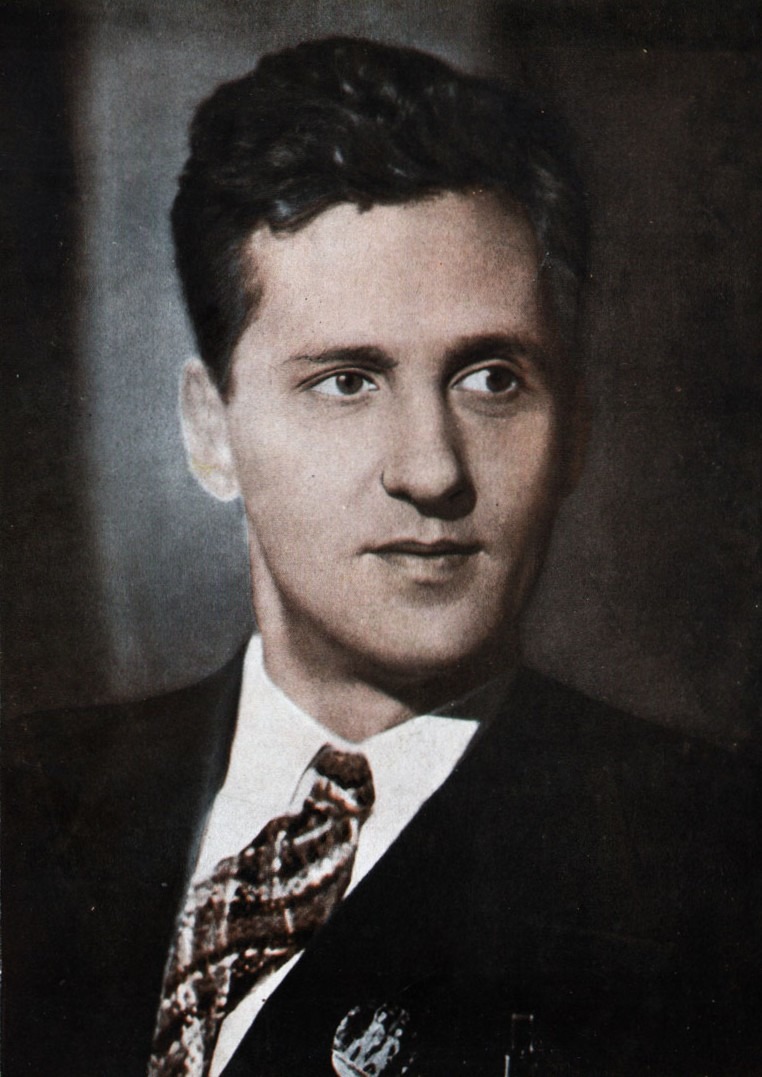
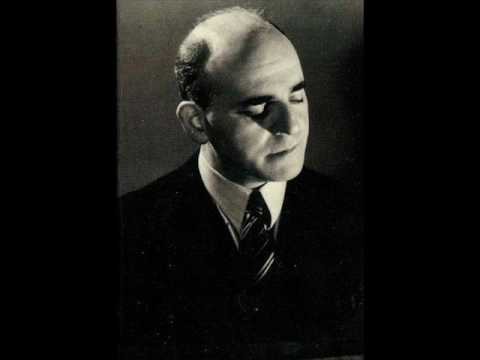
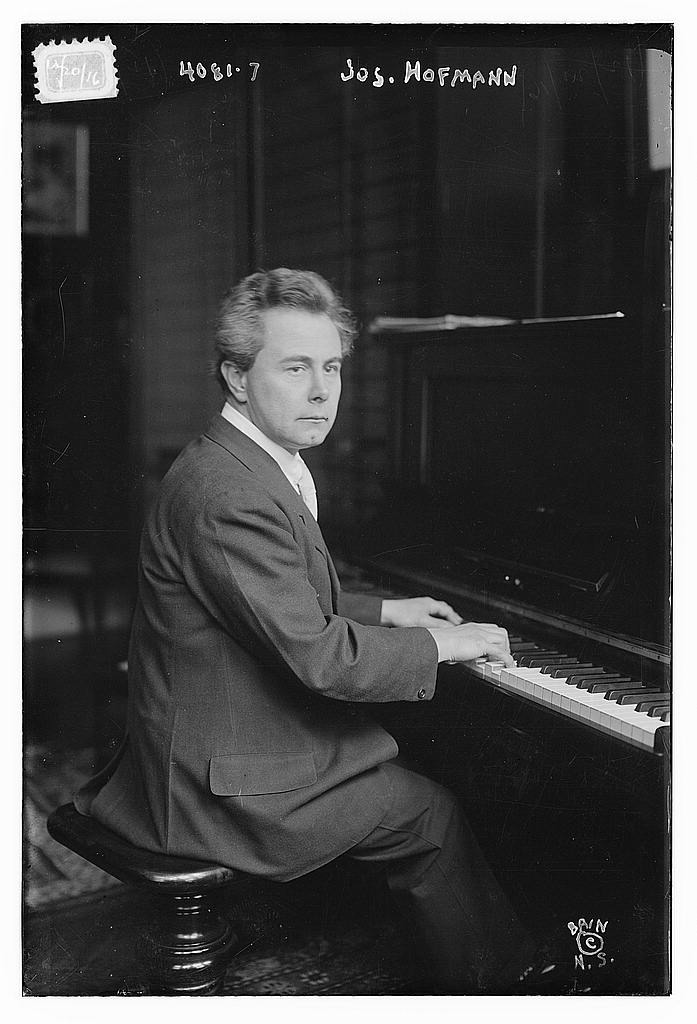
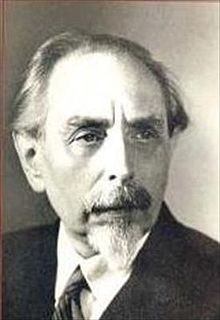
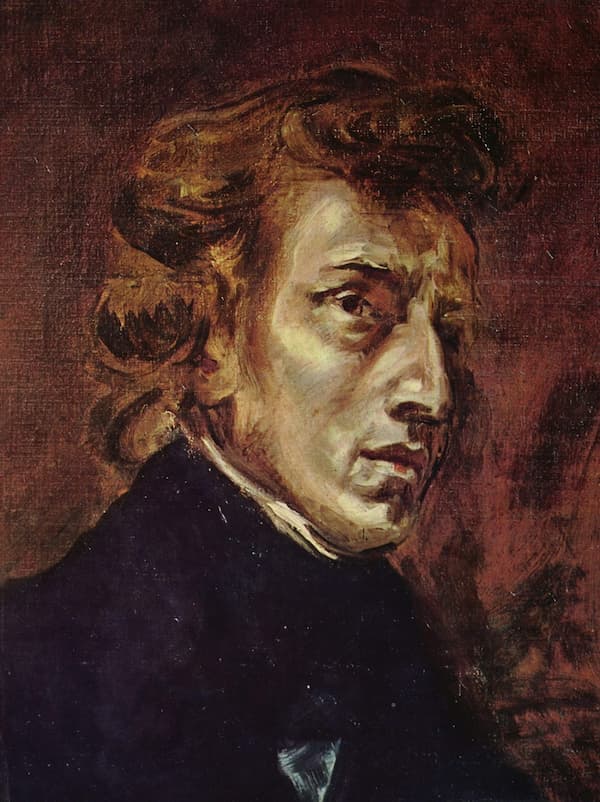
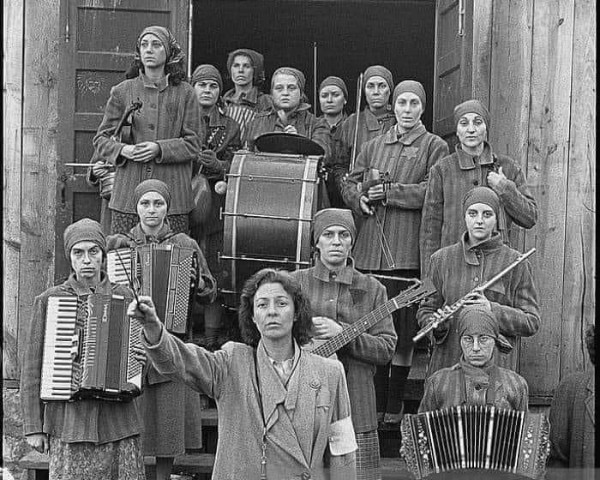
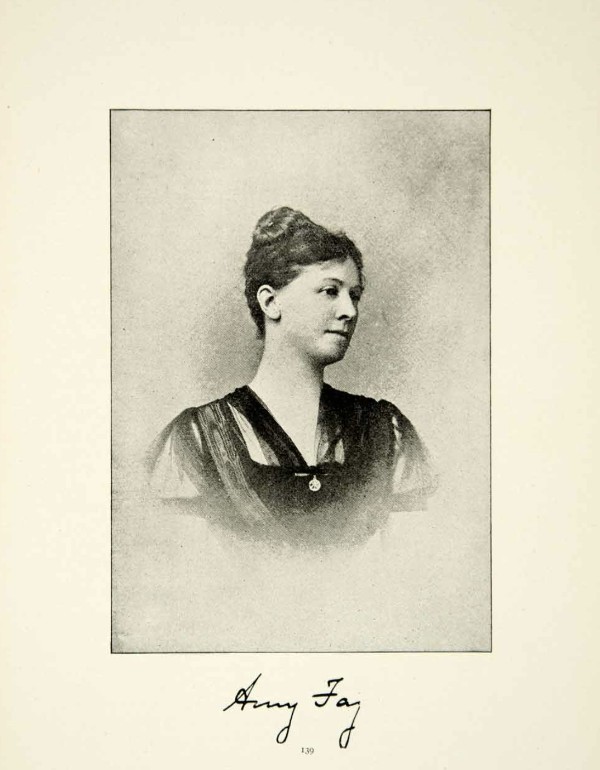
What Cortot’s bio here does not say is that he was a Vichy appointee and a Nazi sympathizer . Shame!